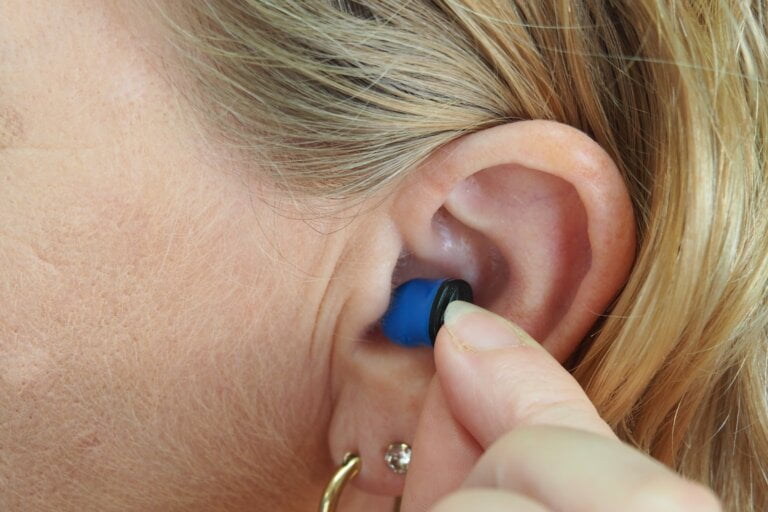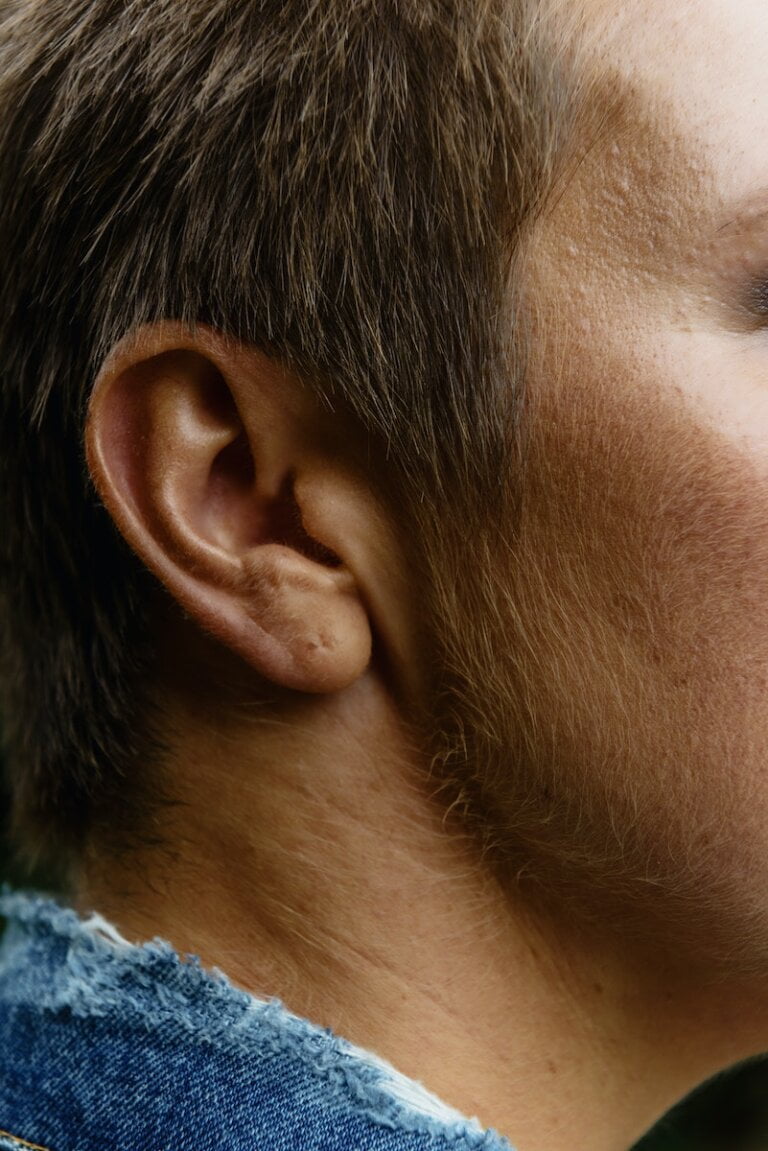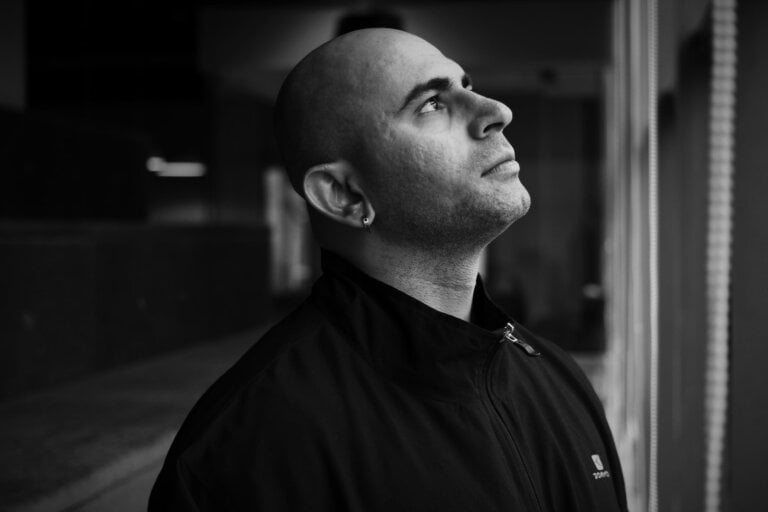Clearing the Canal: Understanding the Differences Between Microsuction and Irrigation
Cleaning our ears is an important part of our personal hygiene routine. It not only helps us maintain good ear health but also ensures our ability to hear properly. Two commonly used methods for earwax removal are microsuction and irrigation. In this article, we will delve into the differences between these two techniques, exploring their benefits, drawbacks, and when they are most appropriate.
Microsuction: A Gentle and Effective Method
Microsuction is a safe and gentle ear cleaning technique that involves using a suction device to remove excess earwax. It is performed by qualified professionals, such as audiologists or ear care specialists, who have received specialized training.
How Does Microsuction Work?
During a microsuction procedure, a trained professional carefully examines the ear using a binocular microscope. This provides them with a clear view of the ear canal and any blockage caused by earwax. They then use a low-pressure suction device, fitted with a thin sterile suction tube, to gently remove the wax.
Microsuction is a highly precise method of earwax removal. The use of a binocular microscope allows the professional to see the ear canal clearly, ensuring accurate removal of wax without causing discomfort. The low-pressure suction device helps to draw out the wax effectively without the need for water or syringing action.
Benefits of Microsuction
-
Safety: Microsuction is considered a safe method for ear cleaning as it does not involve the use of water or any syringing action. It eliminates the risk of damage to the ear canal or eardrum caused by water pressure. This makes it particularly suitable for individuals with a history of ear surgeries or a perforated eardrum.
-
Precision: The use of a binocular microscope allows the professional to see the ear canal clearly, ensuring accurate removal of wax without causing discomfort. This precision helps to minimize the risk of injury or damage to delicate structures within the ear.
-
Fast and Efficient: Microsuction is usually a quick procedure, taking only a few minutes to complete. It provides immediate relief from blocked ears, allowing individuals to regain their hearing without delay.
-
Suitable for Everyone: Microsuction can be used on individuals of all ages, including children and those with a perforated eardrum. Its gentle nature and precision make it a versatile option for various ear conditions.
Drawbacks of Microsuction
-
Professional Assistance Required: Microsuction should always be performed by a trained professional to avoid potential risks and complications. Attempting to perform microsuction at home without proper knowledge and equipment can lead to injury or damage to the ear.
-
Availability: The availability of microsuction may vary depending on your location and the accessibility of specialized ear care services. In some areas, it may be challenging to find professionals who offer microsuction. However, it is worth seeking out specialized services for the best possible care.
-
Cost: Compared to other methods, microsuction may be more expensive due to the involvement of a trained professional and specialized equipment. However, the precision and safety offered by microsuction make it a worthwhile investment for many individuals.
Irrigation: Flushing Away the Wax
Irrigation, also commonly referred to as ear syringing, is another method used to remove earwax. It involves the gentle flushing of warm water into the ear canal to dislodge and remove the wax buildup.
How Does Irrigation Work?
During an irrigation procedure, warm water is introduced into the ear canal using a specially designed syringe or irrigation pump. The water enters the ear canal and helps to soften and dislodge the wax. The loosened wax is then drained out of the ear, typically using a basin or a specialized collection device.
Irrigation is a non-invasive method of earwax removal that does not require any instruments to be inserted into the ear canal. The warm water helps to soften the wax, making it easier to remove. The gentle flushing action of the water dislodges the wax buildup, allowing it to be drained out of the ear.
Benefits of Irrigation
-
Non-Invasive: Irrigation is a non-invasive method that does not require any instruments to be inserted into the ear canal. This can be particularly comforting for individuals who may be anxious about having any objects inserted into their ears.
-
Cost-Effective: Compared to microsuction, irrigation is generally more affordable and accessible. It is a widely available service in various healthcare settings, including general practitioner clinics. This makes it a convenient option for individuals seeking earwax removal.
-
Easily Available: Ear syringing services are widely available in various healthcare settings, including general practitioner clinics. This accessibility makes it easier for individuals to access earwax removal services without having to travel long distances or search for specialized clinics.
Drawbacks of Irrigation
-
Risk of Injury: There is a small risk of injury or complications during irrigation if not performed correctly. This includes potential damage to the eardrum, infection, or discomfort caused by the water pressure. It is essential to have the procedure performed by a trained professional to minimize these risks.
-
Limited Effectiveness: In some cases, irrigation may not effectively remove hard or impacted wax, requiring alternative methods for earwax removal. Individuals with particularly stubborn wax may need additional treatments or a combination of methods to achieve optimal results.
-
Not Suitable for Everyone: Irrigation may not be suitable for individuals with certain ear conditions, such as a perforated eardrum or a history of ear surgeries. These conditions can increase the risk of complications during irrigation and may require alternative methods of earwax removal.
Choosing the Right Method
The choice between microsuction and irrigation depends on various factors, including the individual’s ear condition, personal preference, and the availability of specialized ear care services. It is crucial to consult with a healthcare professional or an audiologist to determine the most suitable method for your specific situation.
The professional will consider factors such as the amount and consistency of the earwax, the presence of any underlying ear conditions, and your comfort level with the different methods. They will guide you in making an informed decision that ensures the best possible outcome for your ear health.
Conclusion
In summary, both microsuction and irrigation are effective methods for earwax removal, each with its own benefits and drawbacks. Microsuction offers precision, safety, and suitability for all ages, while irrigation provides a non-invasive and cost-effective option. The choice between the two methods should be made in consultation with a qualified professional to ensure the best possible outcome for your ear health. With the right method and proper care, you can maintain good ear hygiene and preserve your ability to hear properly.
FAQ
- What is microsuction?
- Microsuction is a safe and gentle ear cleaning technique that involves using a suction device to remove excess earwax. It is performed by qualified professionals, such as audiologists or ear care specialists, who have received specialized training.
- What are the benefits of microsuction?
- The benefits of microsuction include safety, precision, fast and efficient removal, and suitability for everyone, including children and those with a perforated eardrum.
- What are the drawbacks of microsuction?
- The drawbacks of microsuction include the need for professional assistance, availability depending on location and specialized services, and potentially higher cost compared to other methods.
- What is irrigation?
- Irrigation, also known as ear syringing, is a method used to remove earwax by gently flushing warm water into the ear canal to dislodge and remove the wax buildup. It is a non-invasive method that does not require any instruments to be inserted into the ear canal.







